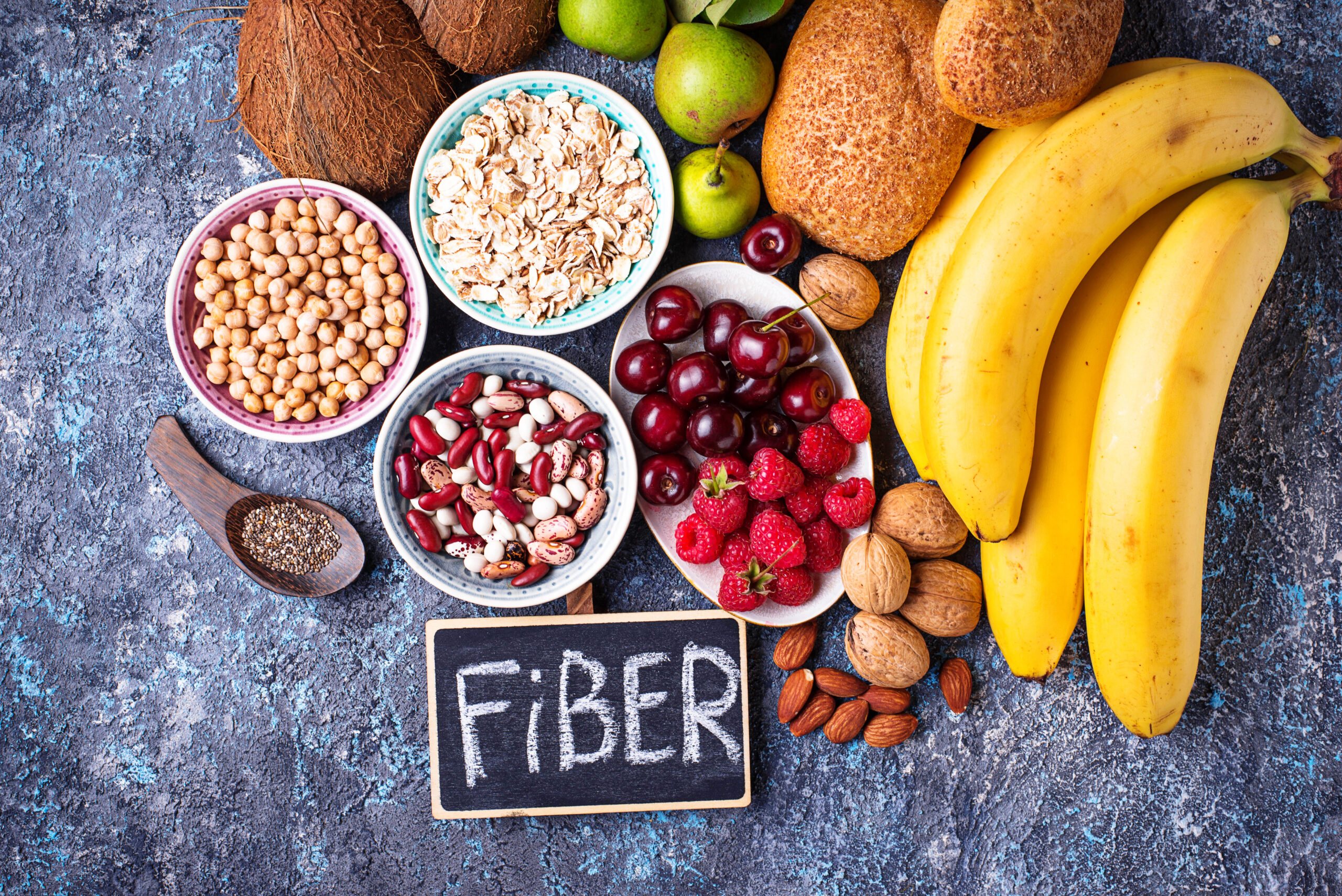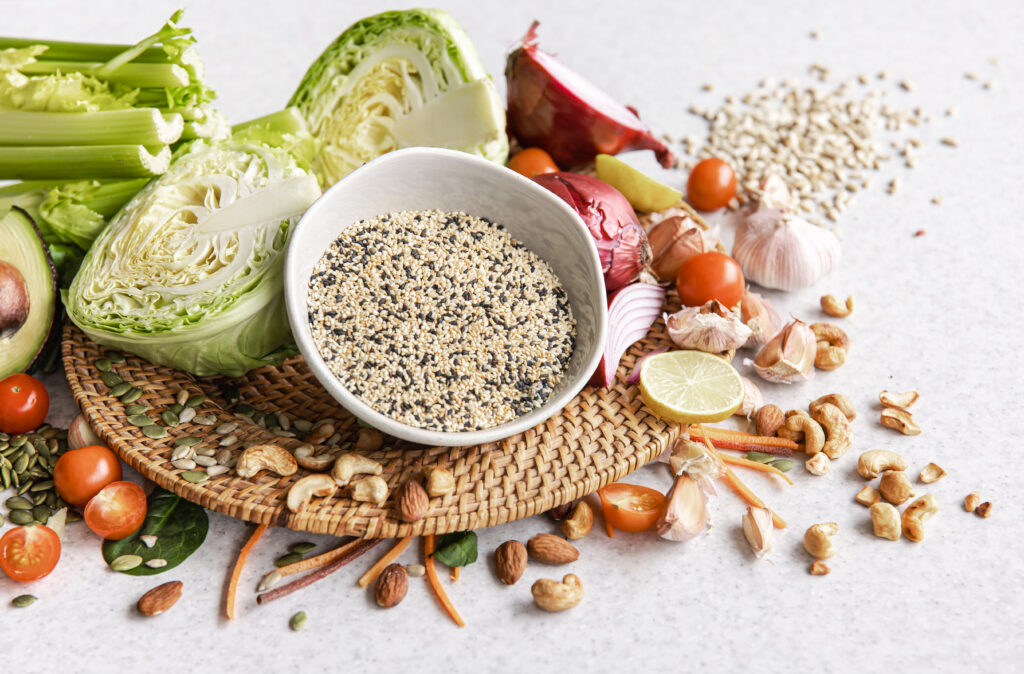- ACTIVITIES
100 Very Best Disney Trivia Questions


Incorporating high-fiber foods into your diet is a vital step towards maintaining a healthy lifestyle. Fiber not only aids in digestion but also helps in weight management and reducing the risk of chronic diseases. This comprehensive list of high fiber foods will guide you in making informed choices for your meals, ensuring you get the most out of your dietary intake. Discover a variety of delicious options across different food groups, from whole grains to fruits and vegetables, and learn how to seamlessly integrate them into your daily routine.

To kickstart your journey towards a fiber-rich diet, it’s essential to understand which foods pack the most fiber. The following list highlights some of the top high-fiber foods, each providing a substantial amount of fiber per serving.
Whole grains are an excellent source of dietary fiber, providing essential nutrients and promoting digestive health. Here are some examples of whole grains and their fiber content, making them a valuable addition to your meals.
Vegetables are not only rich in vitamins and minerals but also provide a generous amount of dietary fiber. Including a variety of fiber-rich vegetables in your diet can enhance your overall health and well-being.
Fruits are a delicious and natural way to increase your fiber intake. They offer a sweet and refreshing option to meet your daily fiber needs while providing essential vitamins and antioxidants.

Legumes, including beans, lentils, and peas, are among the most fiber-dense foods available. They are versatile and can be used in a variety of dishes, making them an excellent choice for a fiber-rich diet.
Nuts and seeds are not only high in fiber but also provide healthy fats and protein. They can be easily added to a variety of meals and snacks for an additional fiber boost.
Adding fiber to your meals doesn’t have to be a chore. With a little creativity, you can enhance the fiber content of your favorite recipes without sacrificing flavor.
While whole foods are the best source of dietary fiber, supplements can be beneficial for individuals who struggle to meet their fiber needs through diet alone. It’s important to consult with a healthcare professional before starting any supplement regimen to ensure it’s appropriate for your health goals.
By incorporating these high-fiber foods into your daily meals, you can significantly improve your digestive health and overall well-being. Use this list as a guide to explore new foods and recipes, making fiber a delicious and integral part of your diet.